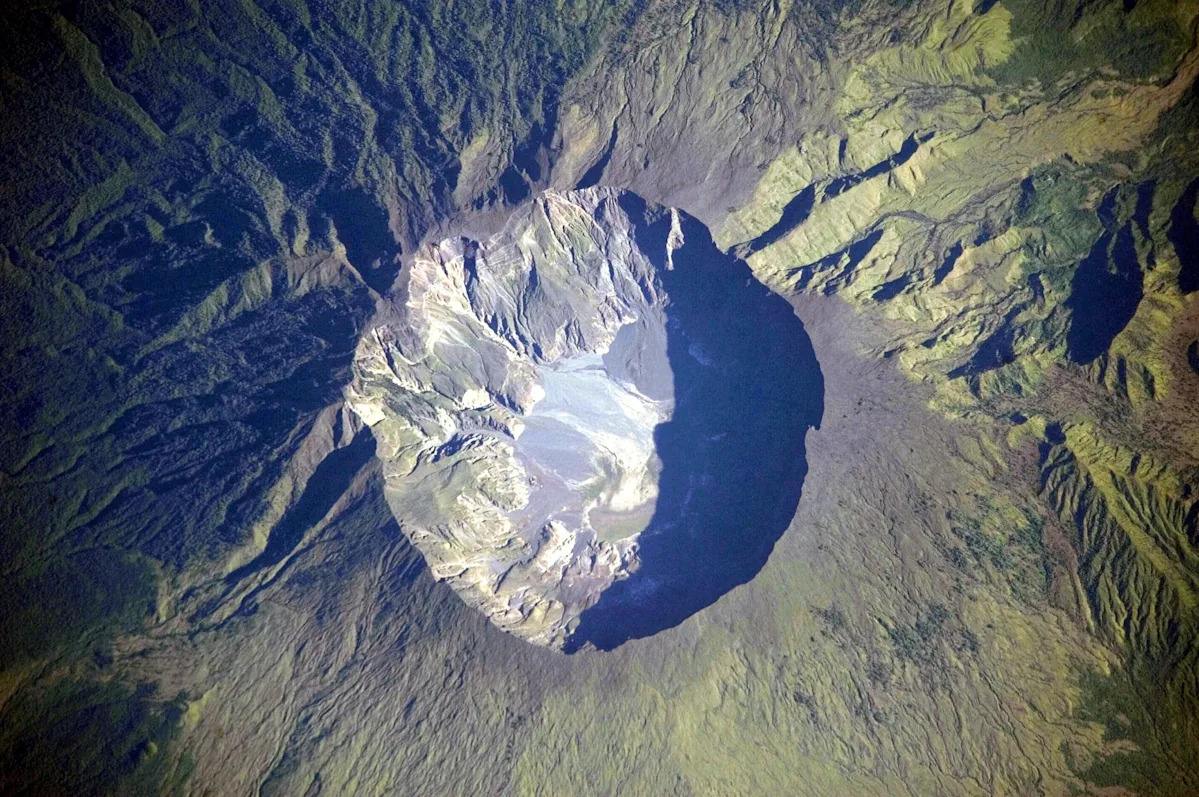Natural disasters have a way of reminding us just how unpredictable and powerful nature can be. Some events in history sound like fictional tales from a dystopian novel, but should serve as a warning about the future of our planet and climate. These natural disasters were so extreme they sound made up, but consider them a cautionary tale.
1. The Year Without Summer
iStock
Imagine a year where summer simply doesn’t show up, leaving you bewildered and cold. In 1816, after the eruption of Mount Tambora in Indonesia, that’s exactly what happened. The volcanic ash spewed into the atmosphere blocked direct sunlight, leading to a significant drop in global temperatures. Crops failed, snow fell in June, and people were left to wonder if the sun was taking an extended vacation.
According to a detailed study published in the journal Nature Geoscience, the climatic anomalies were a direct result of the massive volcanic eruption. The phenomenon led to food shortages and economic distress across the Northern Hemisphere. You would think something so dramatic would just be ancient mythology, but history tells a different story — one of resilience and adaptation in the face of unexpected hardship.
2. The Great Smog of London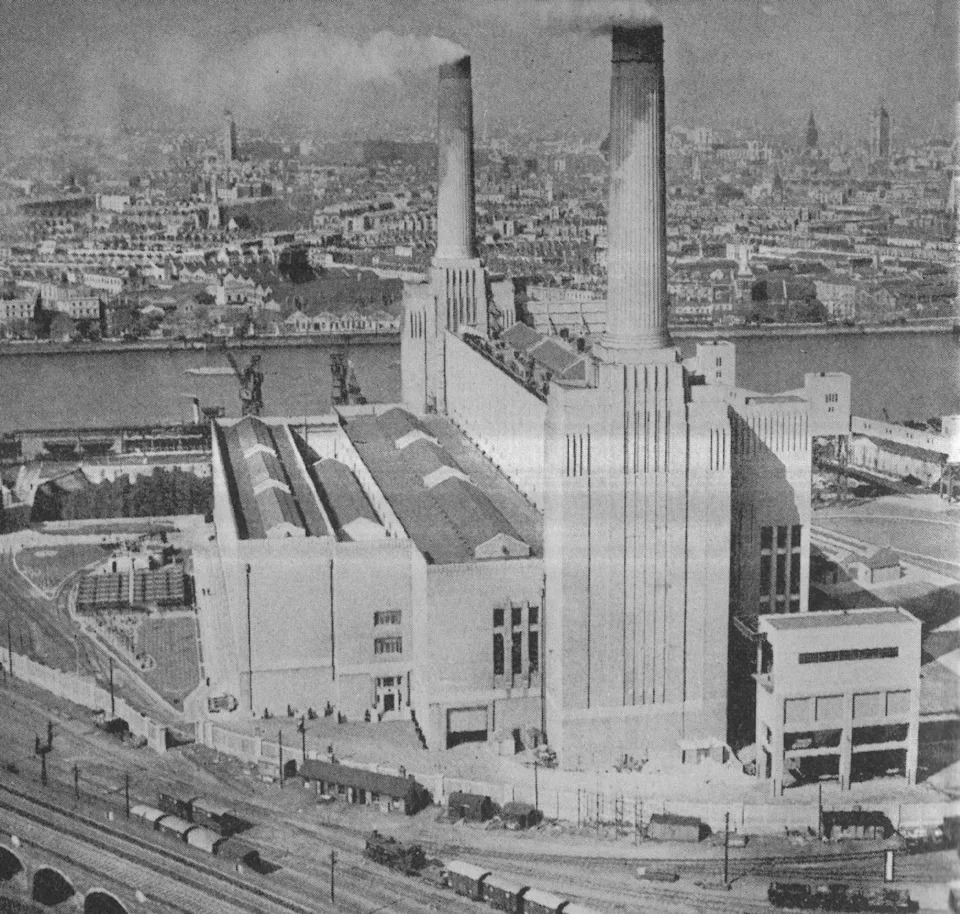
iStock
Picture thick, yellowish smog so dense that you can’t see your hand in front of your face. This was the reality in London in December 1952, when a combination of unique weather conditions and industrial pollution created a fog that lingered for days. Daily life came to a standstill, with transportation halted and public events canceled due to visibility issues. The smog was not just inconvenient but deadly, claiming thousands of lives due to respiratory complications.
This environmental disaster prompted sweeping legislative changes, leading to the Clean Air Act of 1956. It served as a wake-up call about the dangers of industrial pollution, both for the environment and public health. People began to understand the critical link between air quality and daily life, paving the way for modern environmental policies. When you think of London now, the Great Smog feels like a relic of a world that seems unfathomable today — yet it was a turning point in environmental consciousness.
3. The Dust Bowl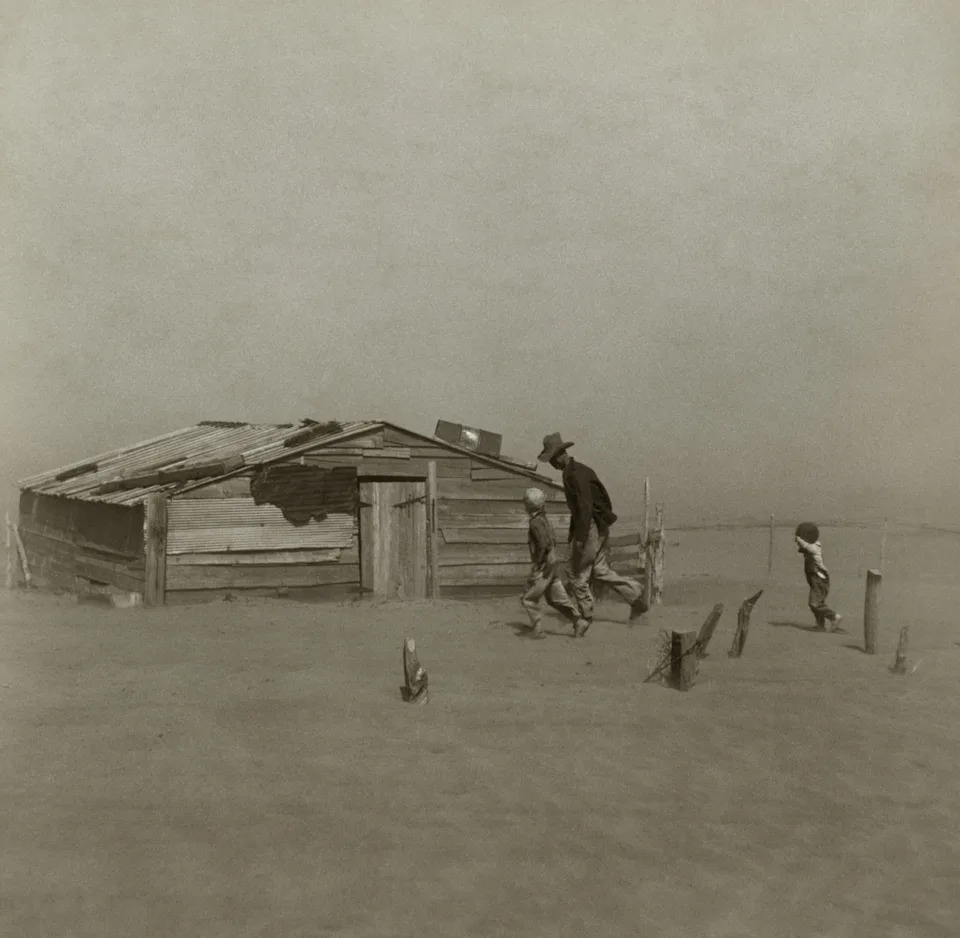
iStock
The Great Plains of the United States aren’t typically associated with apocalyptic dust storms, but the 1930s proved otherwise. Known as the Dust Bowl, this period saw massive dust storms that devastated the agriculture and livelihoods of those living in the region. Poor land management practices and severe drought turned fertile soil into barren dust, creating scenes out of a science fiction disaster movie. The skies would turn black, and entire communities were forced to pack up and move in search of better prospects.
The United States Department of Agriculture (USDA) has extensively documented the event, highlighting the importance of sustainable farming practices. This disaster led to significant changes in agricultural policy and soil conservation methods. It served as a harsh lesson in environmental stewardship, emphasizing the need for balance between human activity and natural ecosystems. The Dust Bowl isn’t just a cautionary tale from history; it’s a reminder of the delicate interplay between humans and nature.
4. The Tunguska Explosion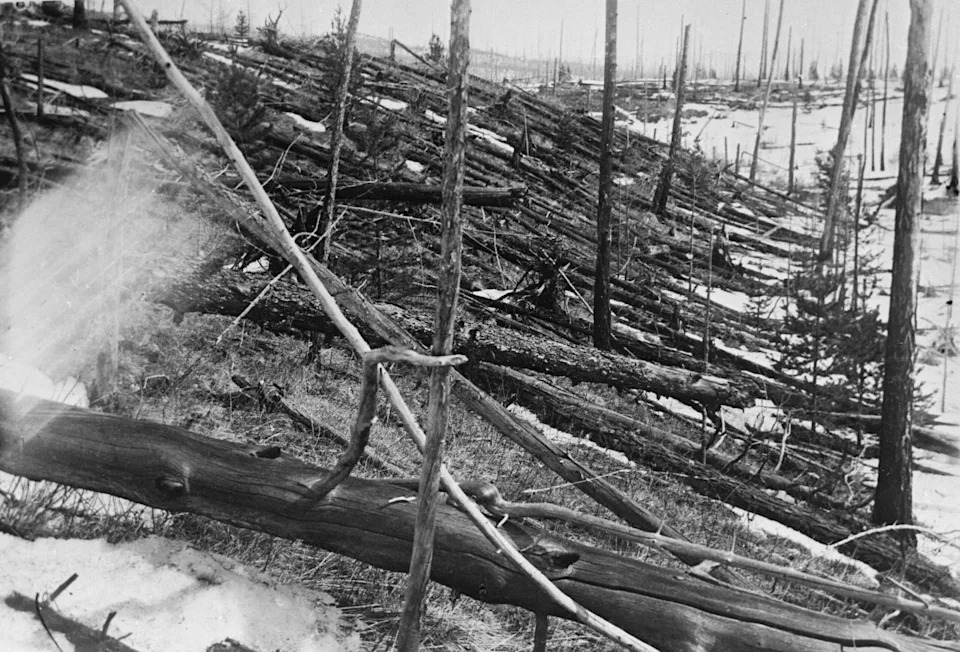
iStock
Imagine a mysterious explosion so powerful it flattened 800 square miles of Siberian forest, yet left no crater. This is the enigmatic Tunguska Event of 1908, where a massive aerial explosion, likely from a meteoroid or comet fragment, shook the Earth. Witnesses reported a fireball and a shockwave so intense it knocked people off their feet miles away. For years, the lack of physical evidence prompted wild speculation and theories — from alien invasions to Nikola Tesla experiments.
Scientific expeditions in later years uncovered the vast devastation, confirming a cosmic origin. This event remains the largest impact event on or near Earth in recorded history, serving as a stark reminder of the potential threats from outer space. The Tunguska Event stirs the imagination, blending scientific intrigue with a touch of the fantastical. It underscores the reality that our planet is constantly at the mercy of celestial whims.
5. The Peshtigo Fire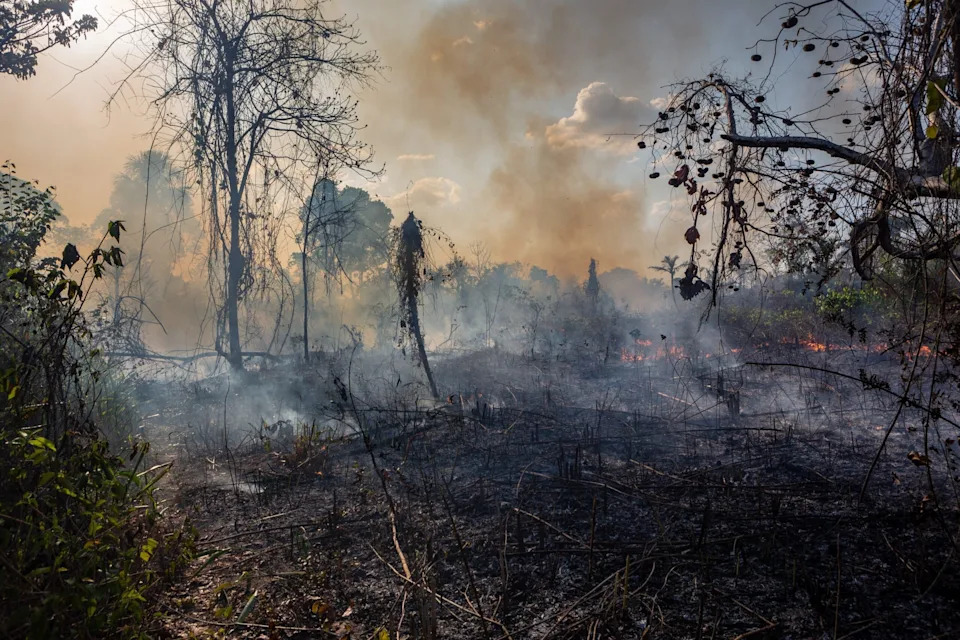
Shutterstock
You’ve likely heard of the Great Chicago Fire, but fewer know about the Peshtigo Fire, which occurred on the exact same day in 1871. This inferno tore through northeastern Wisconsin, consuming 1.2 million acres and claiming over a thousand lives. The firestorm was so intense that it generated its own weather system, with tornado-like fire whirls adding to the chaos. Survivors described walls of flames and a sky that appeared as though hell had descended upon Earth.
A report from the Wisconsin Historical Society provides a comprehensive account of the disaster, noting that dry conditions and strong winds fueled the fire’s rapid spread. In the aftermath, communities were left to rebuild in the ashes of one of the deadliest wildfires in U.S. history. The Peshtigo Fire serves as a haunting reminder of nature’s raw power and the importance of fire safety and preparedness. While Chicago’s fire is etched in the annals of history, Peshtigo’s remains a testament to the enduring human spirit in the face of unimaginable devastation.
6. The Limnic Eruption of Lake Nyos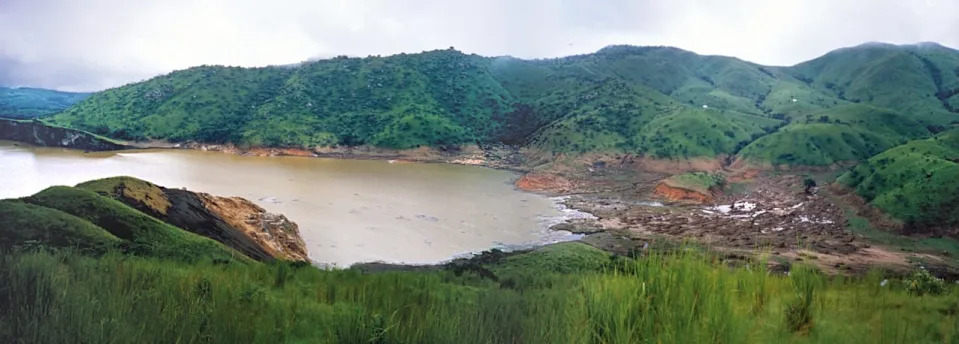
iStock
Imagine a lake that inexplicably explodes, releasing a suffocating cloud of gas that claims the lives of nearly 1,800 people. This is what happened in 1986 at Lake Nyos in Cameroon. A limnic eruption, a rare natural disaster, caused carbon dioxide that had been trapped at the bottom of the lake to suddenly surface. The gas spread silently over the nearby villages, suffocating people and livestock alike without warning.
The event led to advancements in understanding and preventing such occurrences, with scientists installing degassing tubes to safely vent the gas. It’s a chilling reminder of the hidden dangers that lurk beneath seemingly tranquil waters. What appears serene and picturesque can harbor the destructive potential of a silent killer. The Lake Nyos disaster underscores how even the most peaceful settings can harbor unforeseen dangers.
7. The Galveston Hurricane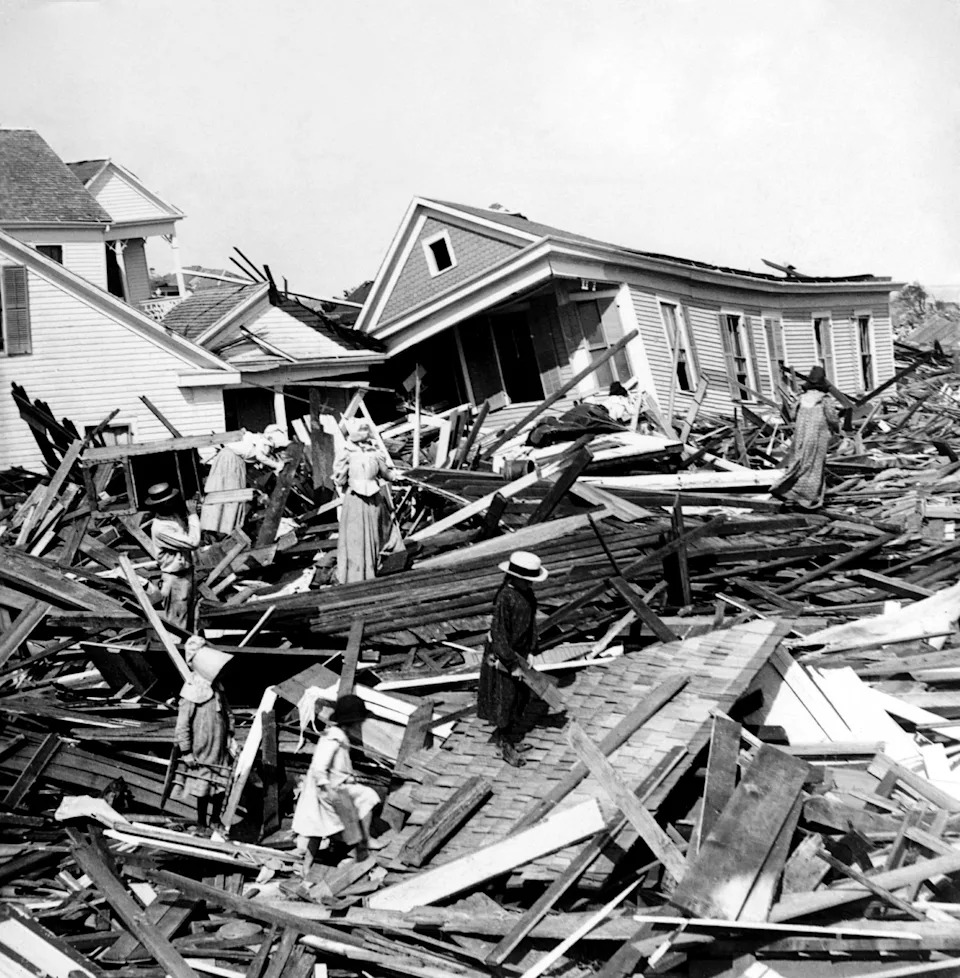
iStock
Before the advent of modern meteorology, hurricanes were often unpredictable and devastating. The Galveston Hurricane of 1900 remains the deadliest natural disaster in U.S. history. Striking the Texas coast, it brought a storm surge that all but submerged the island city, resulting in the loss of thousands of lives. Homes were ripped apart, and the city was left in ruins, spiraling into chaos and despair.
According to the National Oceanic and Atmospheric Administration (NOAA), this hurricane brought about significant changes in weather forecasting and disaster preparedness. The tragedy galvanized efforts to improve early warning systems and reinforced the importance of coastal infrastructure. Galveston’s experience serves as a powerful lesson in the necessity of preparedness and the relentless force of nature. It’s a story not just of tragic loss but of rebuilding and resilience in the wake of catastrophe.
8. The Great Chilean Earthquake
iStock
When you think of earthquakes, you might picture shaking buildings and cracked ground, but the 1960 Great Chilean Earthquake redefined the term. As the strongest earthquake ever recorded, it registered a magnitude of 9.5, unleashing a path of destruction and triggering tsunamis that reached as far as Hawaii, Japan, and the Philippines. The quake reshaped Chile’s landscape, with entire regions uplifted and others submerged. People faced not only the immediate devastation but the long-term impact on communities and infrastructure.
The global response emphasized the importance of international collaboration in the face of natural disasters. It led to developments in earthquake engineering and an increased focus on building codes and urban planning. The Great Chilean Earthquake stands as a testament to the unpredictable power of tectonic forces. It reminds you that while earthquakes may be a fact of life, preparedness and resilience can mitigate their impact.
9. The Vajont Dam Disaster
iStock
Constructed in Italy, the Vajont Dam was once a marvel of engineering — until tragedy struck in 1963. A massive landslide caused a wave to crest the dam, inundating the valley below and obliterating entire villages. Over 2,000 people lost their lives in a matter of minutes, leaving a scene of utter devastation. It was a stark reminder of the catastrophic potential when human ingenuity underestimates natural forces.
The disaster prompted a reevaluation of dam engineering and environmental assessment practices. It revealed the critical importance of understanding geological conditions and respecting natural landscapes. The Vajont Dam tragedy serves as a poignant example of the balance that must be maintained between human ambition and nature’s inherent unpredictability. It’s a lesson etched in stone and water, reminding you of the importance of respecting the forces that shape our world.
10. The Great Hurricane of 1780
iStock
You might think of hurricanes as modern phenomena, but the Great Hurricane of 1780 unleashed chaos centuries ago. Sweeping across the Caribbean, it remains the deadliest hurricane in Atlantic history, claiming over 22,000 lives. Entire islands were ravaged, with buildings flattened and ships capsized in the violent storm. Survivors recounted a relentless onslaught of wind and water, with little refuge from nature’s fury.
This hurricane imparted crucial lessons about the need for better maritime safety practices and hurricane preparedness. It highlighted the vulnerability of coastal communities long before the advent of modern meteorology. The Great Hurricane of 1780 is a testament to the age-old struggle between humans and the elements. It’s a reminder of the resilience required to weather the storms that have always been a part of life on Earth.
11. The Krakatoa Explosive Eruption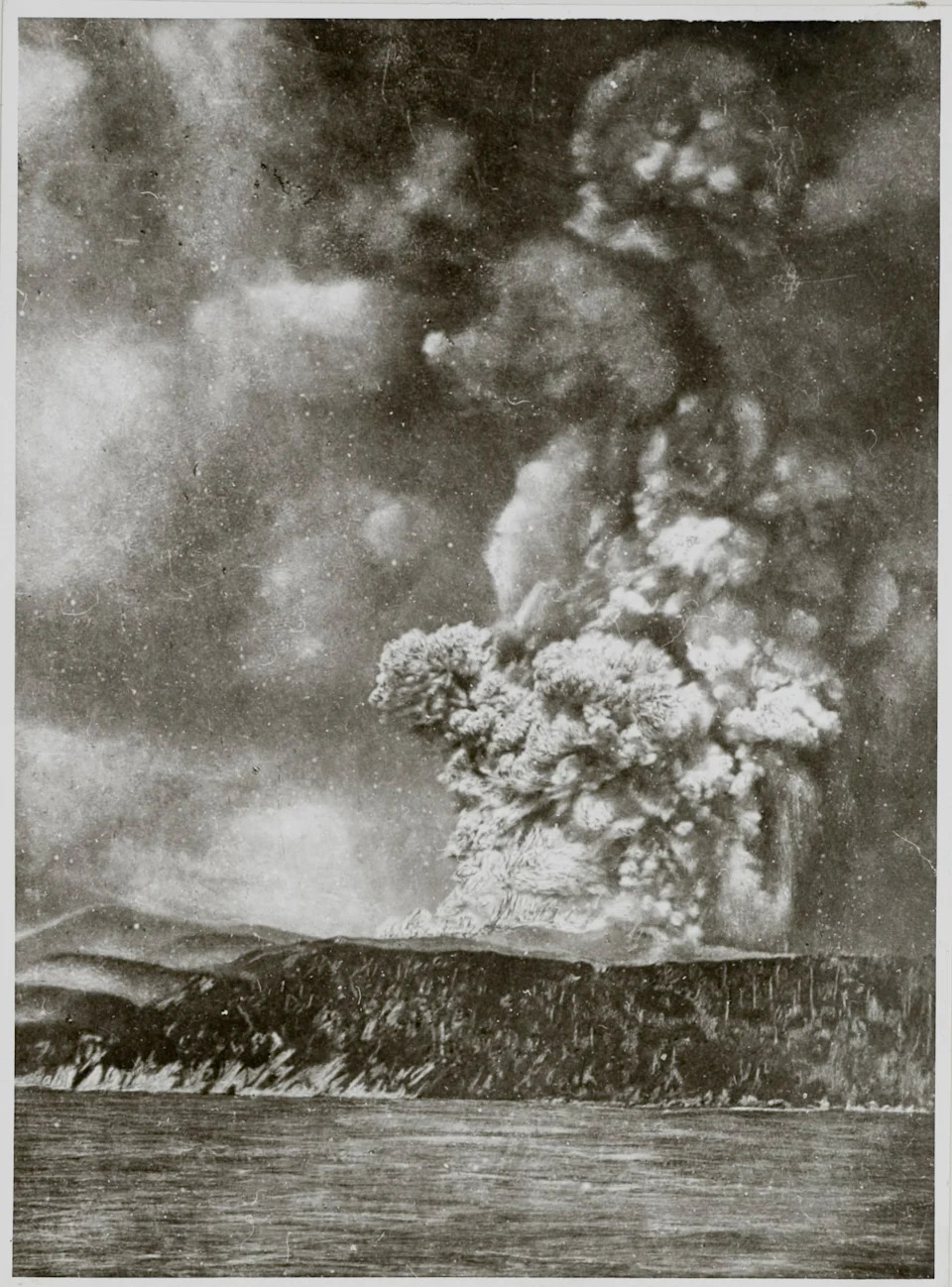
iStock
Krakatoa, a volcanic island in Indonesia, erupted in 1883 with a force so tremendous it was heard 3,000 miles away. The eruption obliterated over two-thirds of the island and generated tsunamis that devastated nearby coastlines. It plunged the region into darkness, with ash clouds affecting global climates for years. The eruption’s sheer might and the subsequent loss of life and land are nearly incomprehensible.
In its wake, Krakatoa became a case study in volcanic activity and its far-reaching impacts on climate and ecosystems. The disaster underscored the importance of volcanic monitoring and early warning systems. It’s an event that challenged the boundaries of scientific understanding and highlighted the interconnectedness of global systems. Krakatoa’s eruption remains a dramatic reminder of the volatile power simmering beneath Earth’s surface.
12. The Johnstown Flood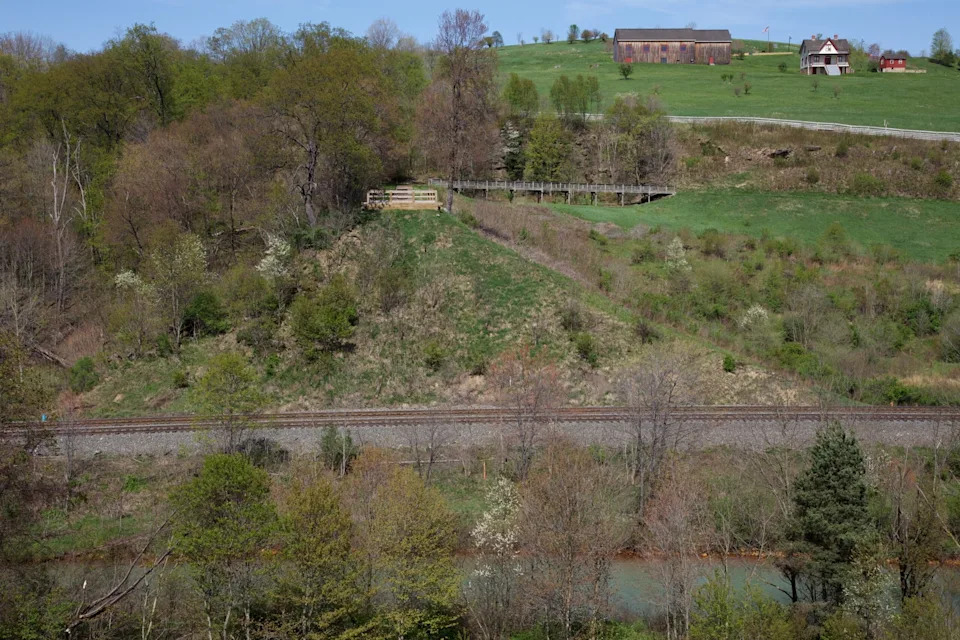
iStock
When a dam fails, you expect flooding; what you don’t expect is a wall of water racing through your town at 40 miles per hour. The Johnstown Flood of 1889 did just that, obliterating the Pennsylvania town and killing over 2,200 people. The flood was a result of a neglected dam and heavy rainfall, culminating in a catastrophe that caught everyone off guard. The aftermath was a scene of utter ruin, with homes destroyed and lives irrevocably altered.
This disaster led to changes in American law, particularly around liability and infrastructure maintenance. It became a catalyst for the Red Cross’s involvement in disaster relief, highlighting the need for organized humanitarian responses. The Johnstown Flood serves as a sobering reminder of the human cost of oversight and neglect. It’s a story of both tragedy and the indomitable spirit of recovery in the face of overwhelming odds.
13. The Laki Volcanic Eruption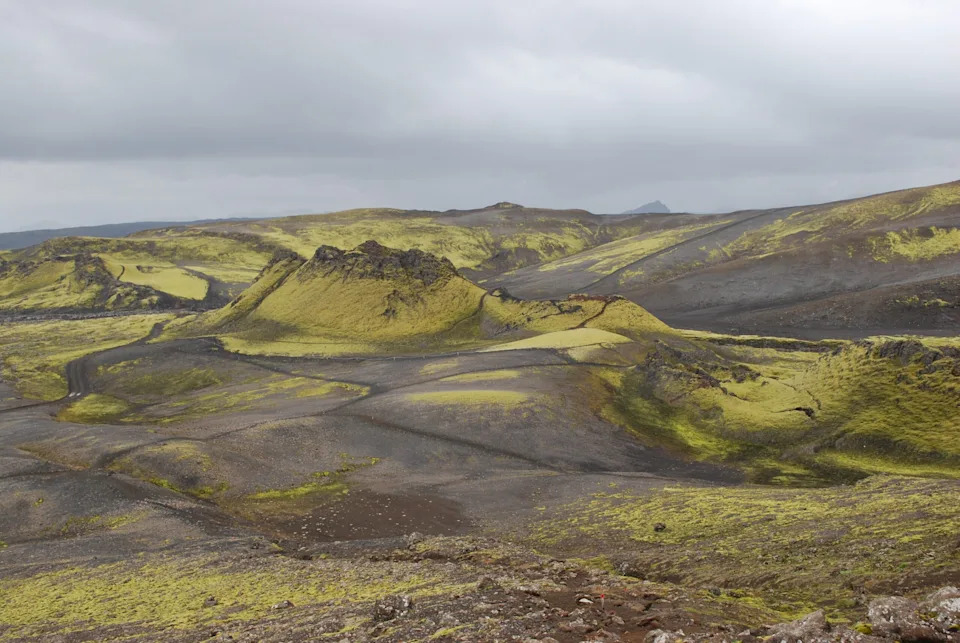
iStock
In 1783, the Laki volcanic fissure in Iceland erupted, spewing lava and poisonous gases for eight months. The eruption had catastrophic consequences, causing widespread crop failures and livestock deaths across Europe. It led to a famine that claimed thousands of lives, demonstrating the far-reaching impact of volcanic activity. The skies were shrouded in haze, and the region endured an environmental and social crisis of monumental proportions.
The Laki eruption is a historical testament to the profound influence of volcanic activity on climate and society. It highlights the importance of understanding volcanic hazards and their potential to disrupt food supplies and public health. The eruption serves as a stark reminder of nature’s ability to affect human civilization on a grand scale. It’s a chapter in history that underscores the need for vigilance and preparedness in the face of natural phenomena.
14. The Boxing Day Tsunami
iStock
The 2004 Indian Ocean tsunami, known as the Boxing Day Tsunami, was a devastating reminder of the ocean’s latent power. Triggered by a massive undersea earthquake off the coast of Sumatra, it unleashed waves that ravaged coastlines across 14 countries. The tsunami claimed over 230,000 lives, leaving a trail of destruction and tragedy in its wake. The world watched in horror as images of the disaster unfolded, highlighting the urgent need for improved tsunami warning systems.
In response, international efforts focused on creating a robust warning network and increasing public awareness about tsunami preparedness. This disaster underscored the crucial importance of global cooperation in disaster management. The Boxing Day Tsunami serves as a somber lesson in the unpredictability of life and the resilience required to rebuild. It’s a story of loss, but also of the collective human effort to mitigate future tragedies.
15. The Black Death
iStock
Though not a natural disaster in the traditional sense, the Black Death of the 14th century was a biological catastrophe of unparalleled magnitude. Sweeping through Europe, it claimed the lives of an estimated 25 million people, altering the course of history. The plague reshaped societies, economies, and cultures, leaving an indelible mark on the medieval world. The sheer scale of its devastation was akin to a natural disaster, with entire communities brought to their knees.
The pandemic prompted advancements in medical understanding and public health practices. It led to social and economic transformations that laid the groundwork for the modern world. The Black Death serves as a reminder of the ever-present threat of pandemics and the importance of preparedness. It’s a chapter in human history that highlights both vulnerability and the enduring capacity for adaptation and resilience.

